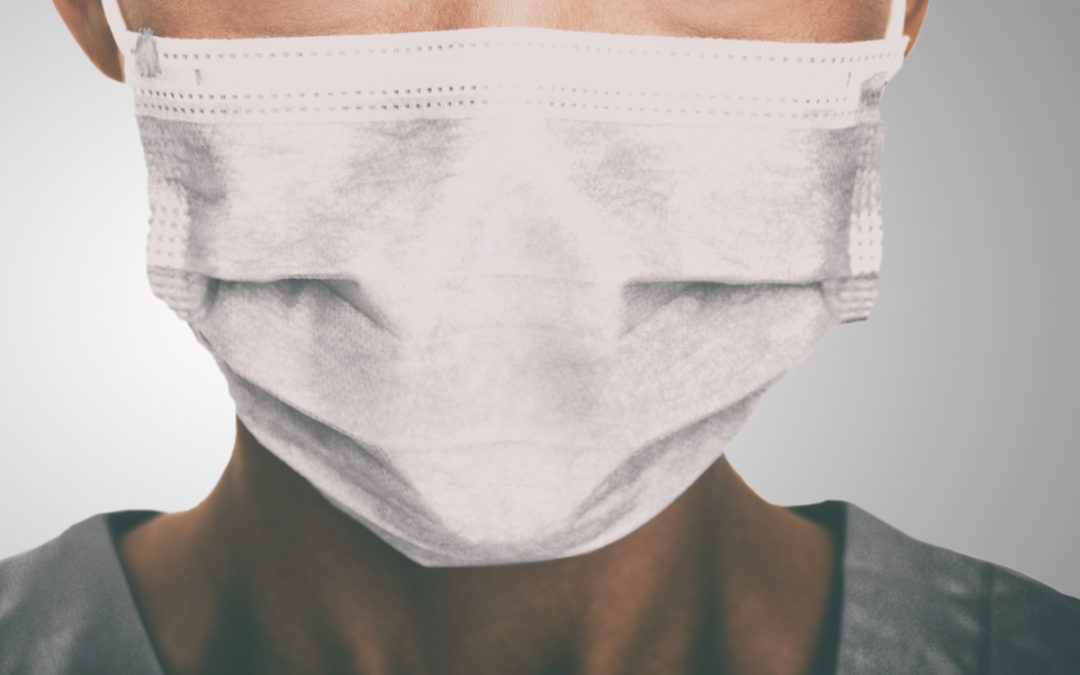Here’s another installment from the intrepid critical care/hyperbaric physician who started “COVID Diaries” nearly a year ago. I am not identifying her so that she can speak more openly about her experiences. One day, I hope I can tell you who she is so she can get the credit she deserves (but doesn’t seek).
–Caroline
The majority of patients with COVID-19 convalesce at home or get discharged after a few days in the hospital. I will never see those people, and that’s a good thing. You do not want to need me as your doctor! Unfortunately, a small percentage of patients do badly with COVID-19 and those are my patients.
When I first started “COVID Diaries,” I talked about our steep learning curve with the really sick patients, for example, learning to prone ventilated patients and learning the hard way about the need for anticoagulation. Despite all we have learned, it still feels like Wild West Medicine. With critically-ill COVID patients, we make our best educated guess, implementing it and then correct ourselves in real time. I could probably write several articles about my mistakes. To be fair, when I call them “mistakes,” it’s not like we knew the RIGHT thing but accidentally did the wrong one. We figure out what was the “right thing(s)” only in hindsight.
As I mentioned in my previous article, in this second COVID wave, it feels like the really sick patients are doing worse than they did in the first wave. Even though we have learned a lot, we don’t have any new therapies. Oxygen is still the main treatment. And as I mentioned in my last post, in this COVID wave, once patients get intubated, the odds of getting off the ventilator are low. What we need is a way to deliver enough oxygen to avoid intubation. It’s possible we found that with hyperbaric oxygen therapy (HBOT).
The rationale for using HBOT to avoid intubation for COVID-19 pneumonia has been discussed previously on this site:
- Evidence Review for Hyperbaric Oxygen Therapy Treatment of COVID-19: Webinar Now Available
- HBOT for COVID-19 Respiratory Distress – See Article in UHM Ahead of Print
- The Physics of HBOT in COVID-19 Pneumonia (It’s Not Rocket Science)
It is possible to provide HBOT for COVID patients on a case-by-case basis without having a research protocol approved by an Institutional Review Board (IRB), but if you want to collect data to understand whether HBOT is actually working, then you need an IRB approved protocol to do it (read more about ethics and HBOT.)
By May 2020 some hyperbaric centers were setting up trials for COVID pneumonia, hoping to use HBOT to avoid intubation in patients who could not be provided enough oxygen with the options available in their hospital room. I tried to write my own study protocol but truthfully, it is impossible for a doctor who spends her day in the ICU caring for patients to accomplish that daunting task. Fortunately my New York University (NYU) colleagues came to my aid. They provided the protocol they had developed, and our hospital IRB approved it. HBOT has been used in other serious medical conditions like gas gangrene and carbon monoxide poisoning, so it’s actually an old technology. It’s amazingly safe, and unlike some new therapies for COVID, we actually know the risks of HBOT. It’s painless. And if the patient continues their downward decline despite HBOT, they can get intubated. I have an advantage that my small hospital is more nimble than larger institutions. Also, they are enthusiastic to try new things that are reasonably safe and might make a difference given the grim prognosis of intubated patients.
Next time I will tell you about the first COVID patient to whom I gave HBOT. Stay tuned.

Dr. Fife is a world renowned wound care physician dedicated to improving patient outcomes through quality driven care. Please visit my blog at CarolineFifeMD.com and my Youtube channel at https://www.youtube.com/c/carolinefifemd/videos
The opinions, comments, and content expressed or implied in my statements are solely my own and do not necessarily reflect the position or views of Intellicure or any of the boards on which I serve.




Months have gone by, hundreds of thousands have died, and nobody even cares enough to write a comment here? A recent article online says that we should have been able to save 40% of those who died. I suspect the truth, if we can ever find out what that is, will turn out to be much worse than that. Thank God for a few good people who have gone ahead and done what they could do, despite all kinds of strange, unwarranted opposition.